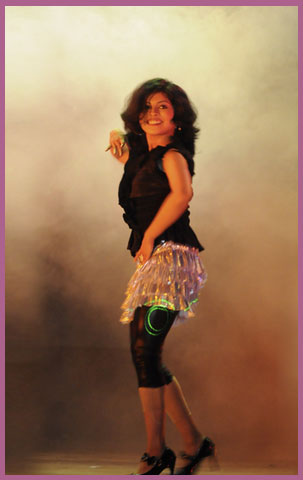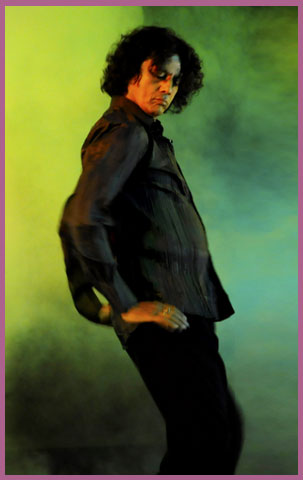





What is this thing called Salsa? Have you ever wondered what the word "Salsa" means or its history? It is not something easily defined, as it did not stem from one specific place or person. Instead, it is a combination of multiple roots and cultures as well as the creativity of many different persons. In general, Salsa evolved as a distillation of many Latin and Afro-Caribbean dances.
While it is definitely more than just Cuban, a large part of the dance originated on the island. The French who fled from Haiti brought the Danzón or the country-dance of England/France to Cuba. This dance began to mix with the African rhumbas such as Guaguanco, Colombia and Yambú. Added to this is the Són of the Cuban people, which was a mixture of the Spanish troubadour (sonero) and the African drumbeats. This type of syncretism occurred in other places like the Dominican Republic, Colombia, and Puerto Rico, albeit not at the same grand level and manner as in Cuba.
It would be necessary to include knowledge of the five styles of salsa that are most commonly danced around the world today.
These are: Cuban, Puerto Rican, Colombian, New York – Palladium and Los Angeles (LA)
These styles are divided into two groups - Circular (Cuban and Colombian) and Cross Body Lead (Puerto Rican, New York – Palladium and LA).
Cuban and Colombian styles go round in a circle and the rest are danced on a line. Despite the many other differences that occur between these five main styles there is at least one thing that they all have in common and that is the rhythmic pattern played on the conga drums.
Cuban style: derived from the son and danzon, this style is danced round in a circle. It is most commonly known as Casino style and is also used in the Rueda (wheel dance).
Depending on the emphasis of the music you can break on the 1 or the 2.(LA)
Puerto Rican style: Danced elegantly using precise movements to express the nature of the music, this style is sometimes referred to as ballroom style.
The dancers hold the 1 and 5, which means that they step on 2,3,4 and 6,7,8. The break steps are on 2 and 6 commencing with the leader`s LF and the follower`s RF.
New York Style (Mambo): New York dancers hold the 4 and 8 which means that they step on 1,2,3 and 5,6,7. They also break on 2 and 6. Holding the 4 and 8 counts instead of the 1 and 5 makes for a really interesting style because although you don`t step on the 4 and 8, you are not really holding in place, as in ballroom style. Instead , on 4 and 8 you are in motion moving your foot all the way from the front to the back or the back to the front, getting ready to step on 1 or 5. This makes New York style a very fluid dance.
Colombian style: Colombian style salsa is the style danced in South and Central America. In Colombian style basic- step, partners dance side-to-side and mirror each others`s movements. The break is on the 3 and the `spare beat` is always used for a tap or other embellishment. In advanced Colombian style, danced for example in Cali, the upper body is kept still, poised and relaxed while executing endless intricacies with the feet. Other Colombian styles which are frequently danced are Cumbia, Pachanga and Boogaloo.
Los Angeles Style: LA style is danced on the 1, in a slot. It is highly influenced by Hollywood and by the Swing, Hustle and Mambo dances. LA style emphasizes sensuality, theatricality and acrobatics. The two essentials elements of this style are the forward and back basic and the cross body lead.


